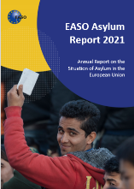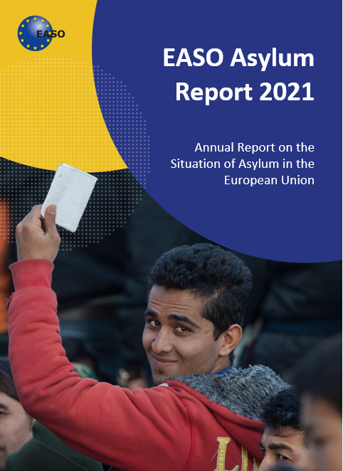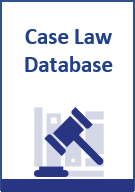EASO Asylum Report 2021
As the go-to source of information on international protection in Europe, the EASO Asylum Report 2021 provides a comprehensive overview of key developments in asylum in 2020.
The European Asylum Support Office (EASO), a centre of expertise on asylum, collates information on all aspects of the Common European Asylum System. To this end, the report outlines changes to policies, shares best practices and summarises challenges which persist. It presents trends in asylum, key indicators for the reference year 2020 and a dedicated section on children and applicants with special needs. Examples of case law are featured to showcase how courts interpret and apply European and national laws in the context of the EU asylum acquis. In addition, the asylum procedure is described step by step – from access to resettlement – to understand how countries have reacted to changing migratory patterns.
The EASO Asylum Report 2021 draws on information from a wide range of sources – including perspectives from national authorities, EU institutions, international organisations, civil society organisations and academia – to provide a complete picture with diverse perspectives. The report, covering 1 January to 31 December 2020, serves as a reference for the latest developments in international protection in Europe.

Watch the launch event


Read online
The EASO Asylum Report 2021 is available in HTML and PDF format.

Navigate in the sections of the HTML version by clicking on the contents of the left side bar
 |
EASO Asylum Report 2021 |
|
|
Executive Symmary of the EASO Asylum Report 2021 Translations are available in the following languages Non-EU languages |
 |
Bibliography of the EASO Asylum Report 2021 |
 |
National Asylum Developments in 2020 |
 |
Key Findings of the EASO Asylum Report 2021 Available in (PDF) |

Cover image: Steve Evans
© European Asylum Support Office, 2021
Reproduction is authorised provided the source is acknowledged.
ISBN 978-92-9465-048-1
ISSN 2314-9701
DOI 10.2847/692856
Catalogue number BZ-AB-21-001-EN-Q






